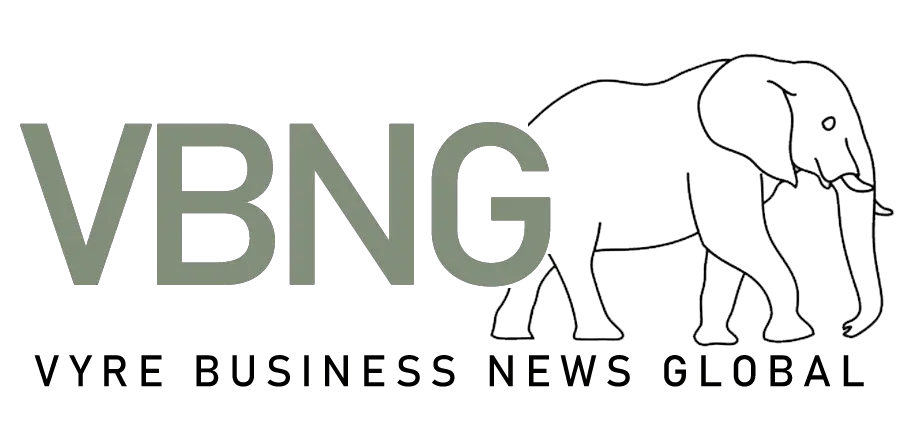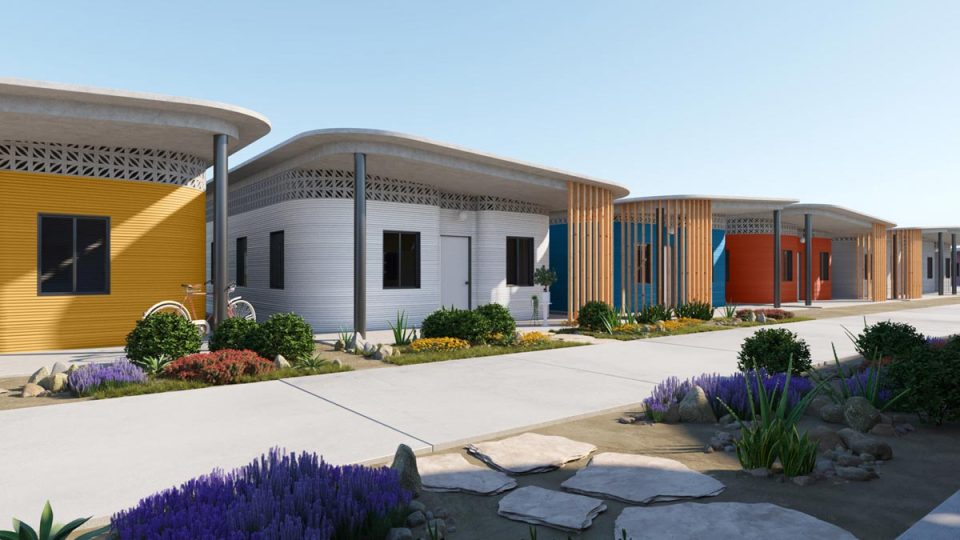The U.S. housing market continues to face a significant shortage in 2025, with various reports highlighting the ongoing challenges. According to a recent analysis by Realtor.com, the United States is grappling with a deficit of 3.8 million housing units needed to meet American demand. This shortage is expected to take over 7 years to address at the current construction pace, indicating a prolonged period of housing market stress.
J.P. Morgan’s outlook for 2025 suggests that the housing market will remain largely frozen, with home price growth expected to be subdued at 3% or less. The report notes that while housing inventory is slowly increasing, it still remains below historical averages. This tight supply situation is further complicated by the fact that existing homes for sale, while up 20% year-over-year, are still near record lows and 20-30% below prior troughs.
The National Low Income Housing Coalition’s 2025 report reveals a particularly acute shortage for extremely low-income renters. For every 100 extremely low-income renter households, there are only 35 affordable and available rental homes. This translates to a shortage of 7.1 million affordable and available homes for this income group.
Despite these challenges, there are some positive developments. The National Association of Home Builders (NAHB) reported that single-family home constructions reached 1.01 million in 2024, a 6.5% increase from the previous year. Additionally, for the first time since 2016, new home construction outpaced household formations in 2024, with approximately 1.4 million housing units initiated.
However, affordability remains a significant issue. The Brookings Institution estimates that the U.S. housing market was short 4.9 million housing units in 2023 relative to the mid-2000s. This shortage, combined with high mortgage rates (6.63% for a 30-year fixed mortgage as of March 2025), continues to pose challenges for potential homebuyers.
Looking ahead, the affordable housing sector faces additional pressures. Deliveries of affordable housing units are expected to peak at 70,500 in 2025 before dropping significantly in subsequent years due to weak housing starts. Rising costs for construction, labor, and insurance, coupled with high interest rates, are creating barriers to developing new affordable housing projects.
The housing shortage is a pressing issue, but 3D-printed houses offer a promising solution. This emerging technology brings several advantages to the construction industry that could have a significant impact on the housing market.
One of the key benefits of 3D-printed houses is the speed of construction. Unlike traditional building methods that can take months, 3D printing technology can produce a house in just a matter of days. This rapid construction capability could be particularly valuable in addressing urgent housing needs. Additionally, 3D-printed homes are cost-effective, with some estimates suggesting that they can reduce construction costs by up to 30% compared to conventional methods. This cost reduction could make housing more affordable for many Americans.
Sustainability is another important advantage of 3D-printed houses. The precision of the printing process minimizes material waste, contributing to more eco-friendly construction practices. This aligns well with growing environmental concerns and the need for sustainable housing solutions. Furthermore, 3D printing technology offers greater design flexibility and customization options, allowing architects to create homes that better meet the diverse needs of different communities.
Lastly, 3D-printed houses could help address labor shortages in the construction industry. By reducing the number of workers required on-site, this technology could help overcome some of the challenges in scaling up housing production. As the housing shortage continues to be a pressing issue, the potential of 3D-printed houses to provide fast, affordable, sustainable, and customizable housing solutions makes it an exciting development in the construction industry.
While 3D-printed houses are still in the early stages of adoption, they represent a promising avenue for addressing the housing shortage. As the technology continues to develop and scale, it could play a significant role in providing affordable, efficient, and sustainable housing solutions for millions of Americans in need.
As the housing shortage persists, it continues to impact various segments of the population, particularly first-time homebuyers and low-income renters. Addressing this complex issue will require sustained efforts and innovative methods of construction, policy interventions, and creative financing solutions to improve housing affordability and availability across the United States.

